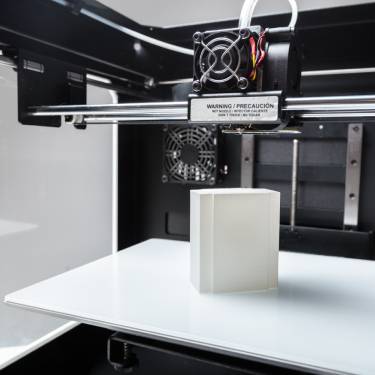
Scaling 3D printing operations can transform a small-scale endeavor into a robust manufacturing powerhouse. As demand for custom and rapid production solutions continues to rise across various industries, businesses must adopt effective strategies to enhance their production capabilities. This involves optimizing workflows, investing in advanced technology, and ensuring quality control while maintaining cost efficiency. Read on to discover four practical ways to scale your 3D printing operations.
Invest in Better Technology
Advancements in 3D printing technology have significantly expanded the capabilities and efficiency of these machines. Investing in high-performance printers that offer faster print speeds, higher resolution, and larger build volumes can drastically improve production capacity and quality. By staying updated on the latest technological innovations, companies can ensure they remain competitive and capable of meeting growing demands.
Equally important is the integration of surrounding technologies that support the 3D printing process. Software tools that enhance design and production planning, such as computer-aided design (CAD) applications and slicing software, can streamline the transition from concept to printed product. By combining cutting-edge printers with supportive technology, businesses can optimize their operations and increase throughput without sacrificing quality.
Automate the Printing Process
Automation in 3D printing processes has become essential for scaling production efficiently. Implementing automated systems can significantly reduce human intervention, minimize errors, and enhance consistency across large production runs. Automated post-processing solutions, robotic arms for part removal and handling, and smart software for real-time monitoring are just a few examples that can streamline operations.
By adopting these technologies, businesses can optimize labor resources, reduce operating costs, and improve production timelines. Ultimately, automation allows for greater scalability and flexibility, meeting increased demand without compromising on the quality of the output.
Upgrade the Material Handling Capabilities
Expanding a business’s material capabilities is crucial when scaling 3D printing operations. By offering a wider selection of printing materials, from durable engineering plastics to specialized composites, businesses can cater to diverse industry needs. Companies can also consider carbon fiber printing to improve the mechanical properties and thermal resistance of their printed products.
Moreover, investing in research and development to create customized material blends can set a company apart, providing unique solutions tailored to specific applications. By continually advancing their material offerings, businesses not only enhance their value proposition but also ensure their operations are versatile and adaptable to emerging market trends.
Bulk Purchase Printing Supplies
Bulk purchasing printing supplies can significantly benefit operations by reducing costs per unit and ensuring a steady flow of materials, which is crucial for uninterrupted production. Businesses can leverage relationships with suppliers to negotiate discounts for volume purchases, leading to considerable savings over time.
Additionally, maintaining an ample inventory of essential supplies, such as filaments, resins, and maintenance parts, can help prevent delays due to material shortages and keep operations running smoothly. Adequate supply management is vital to optimize delivery schedules and resource allocation, ultimately enhancing the efficiency and reliability of a business’s production output.
Implement these practical ways to scale your 3D printing operations and seize the opportunities for growth and success. By investing in advanced technology, automating processes, expanding material capabilities, and managing supplies effectively, you can elevate your business to new heights of productivity and profitability.
Bio: Casey is a passionate copyeditor highly motivated to provide compelling SEO content in the digital marketing space. Her expertise includes a vast range of industries from highly technical, consumer, and lifestyle-based, with an emphasis on attention to detail and readability.




















